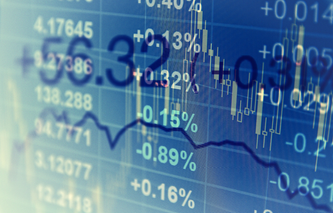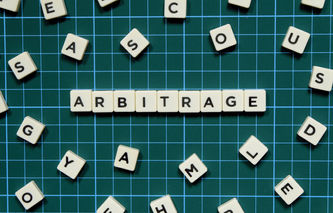Definition
The term flash trading refers to the practice of using high-speed computers, and low latency communication lines, to view orders before they reach the general marketplace. As is the case with high-frequency trading, flash trading is limited to those institutions with direct feeds to an exchange.
Explanation
The ability to engage in flash trading is limited to large institutional investors, hedge funds, and investment banks. These traders use sophisticated computer hardware and software algorithms to deliver a large number of orders at a very high speed to an exchange. The ability to analyze market conditions, and execute orders at these speeds, provides the users of these systems with a trading advantage in the marketplace.
Also known as flash orders, flash trading involves submitting and cancelling a large number of small orders to find larger orders the trader is able to buy or sell before the order even reaches the market. This practice can occur in dark pools, where there is less transparency with respect to the bid and ask prices of securities. High speed computers are not only used to flood the market with orders, but also predict potential price trends.





